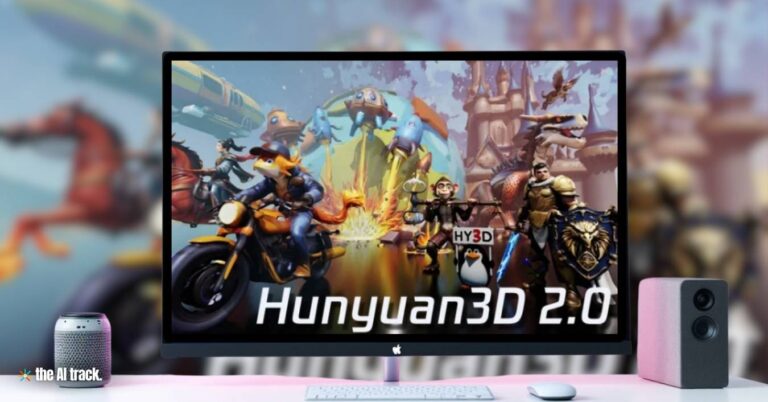Microsoft has unveiled Muse AI, a groundbreaking generative AI model for Xbox that creates immersive gameplay visuals by leveraging extensive gameplay data and advanced research insights from its WHAM project. This innovation is set to empower developers with faster prototyping, enhanced game preservation, and advanced creative tools, while also paving the way for multidisciplinary collaboration in game ideation.

Microsoft Unleashes Muse AI – Key Points
Introduction of Muse AI:
On February 19, 2025, Microsoft revealed Muse AI, an AI model capable of generating dynamic gameplay environments. Designed to understand 3D game worlds and physics, Muse responds to controller inputs to produce engaging visuals, marking a significant leap in AI-driven game design.
Data-Driven Training:
Muse AI was trained on seven years of gameplay data from the Xbox multiplayer battle game Bleeding Edge, processing one billion image-action pairs. New research published in Nature details that the underlying engine—dubbed WHAM (World and Human Action Model)—was trained on one-second slices from 500,000 anonymized sessions, incorporating up to 1.6 billion parameters.
Technical Capabilities:
Currently, Muse generates gameplay visuals at a resolution of 300×180 pixels, an improvement over the earlier 128×128 standard. In real-time demonstrations, the prototype achieved 10 frames per second. WHAM excels in three critical areas: consistency (adhering to game physics), diversity (producing varied gameplay sequences), and persistency (maintaining user-added elements). Additionally, the system features an interactive interface that allows developers to drag and drop imagery directly into the generated game world.
Collaborative Development:
Muse is the result of close collaboration between Microsoft Research and Xbox studio Ninja Theory. Key figures, such as Fatima Kardar, corporate vice president of gaming AI at Microsoft, and Katja Hofmann, head of Microsoft Research’s game intelligence team, led the initiative. Their partnership ensured ethical data collection and robust model training, leveraging seven years of gameplay and multidisciplinary expertise.
Future Applications and Open Sourcing:
Microsoft envisions Muse (and its WHAM engine) assisting developers in prototyping new game experiences, preserving classic games, and optimizing titles for modern hardware. The research team is open sourcing the model weights, sample data, and the WHAM Demonstrator—a concept prototype providing a visual interface for interacting with the model—via Azure AI Foundry, inviting further exploration and innovation.
Research, Evaluation, and Scaling:
The project, now published in Nature, marks a milestone in generative AI for gaming. Detailed evaluations reveal that WHAM’s capabilities in consistency, diversity, and persistency improve with training updates and advanced H100 GPU allocations. Demonstrations include multi-minute gameplay sequences that accurately capture game dynamics, with quantitative assessments using metrics like FVD and Wasserstein distance.
Industry Context:
In light of ongoing industry challenges and uncertainty, Muse stands out as an initiative to support game creators. By taking over routine tasks and generating immersive visuals, the technology highlights the enduring value of human creativity while paving the way for fresh innovations in game design.
Why This Matters:
Muse AI and its underlying WHAM technology mark a transformative advance in AI-assisted game development. By automating the creation of immersive, responsive game environments and supporting a collaborative, iterative creative process, Microsoft is set to accelerate prototyping and preserve classic titles. This breakthrough not only streamlines game development but also fosters multidisciplinary research and open innovation, ensuring that human creativity remains at the core of future gaming experiences.
Tencent’s Hunyuan3D 2.0 generates 3D models in seconds from images or text, revolutionizing design workflows. Open-source and accessible worldwide.
Read a comprehensive monthly roundup of the latest AI news!







